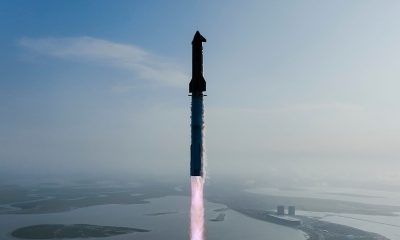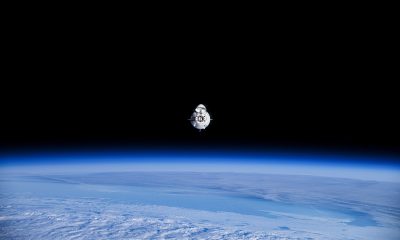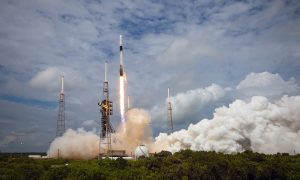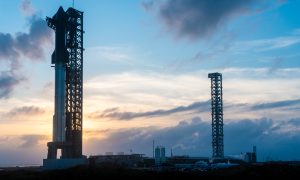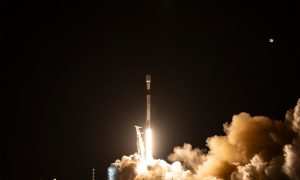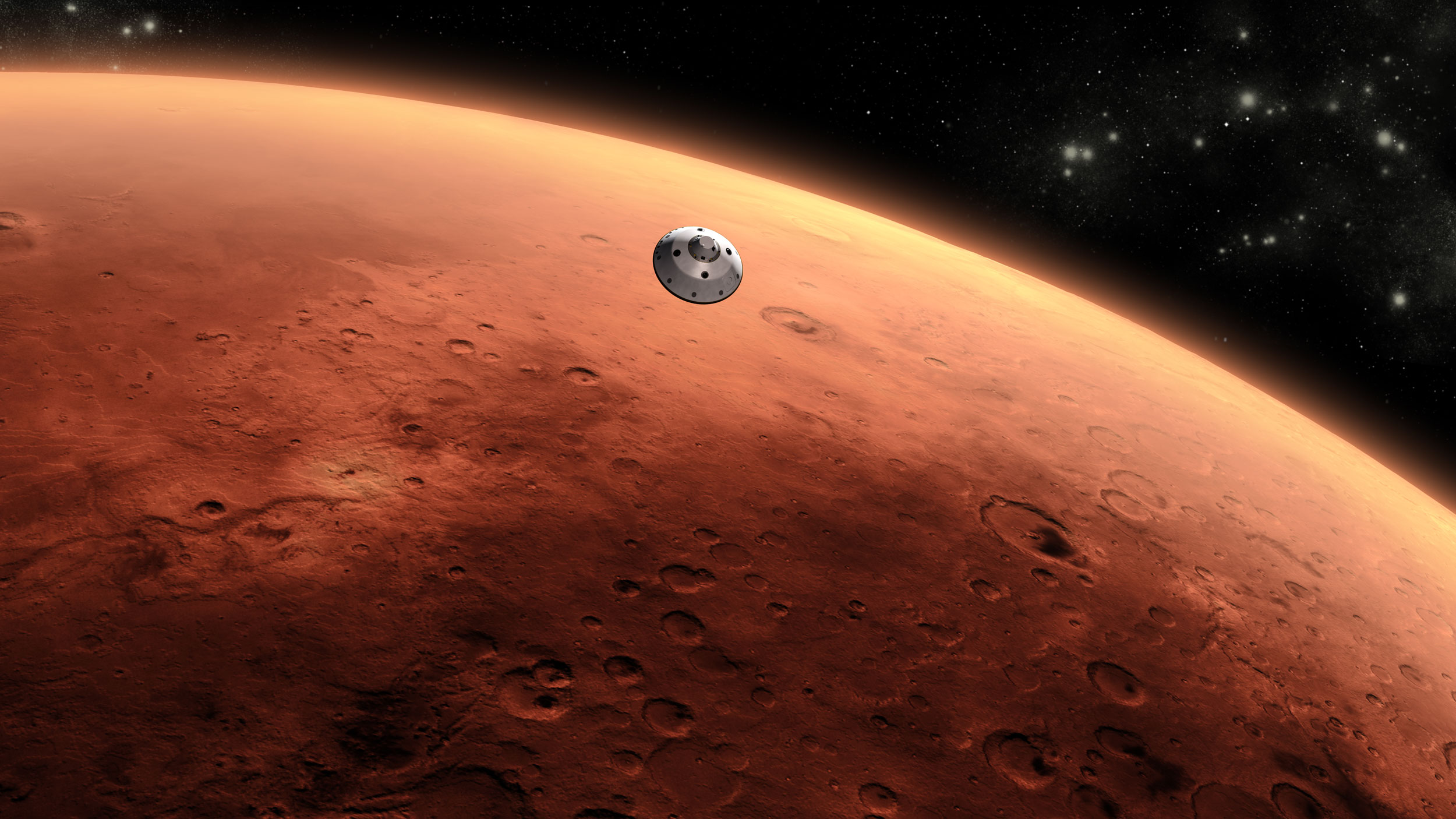

Space
Mars sample-return mission gets boost from Trump’s 2021 budget request
On Monday, Feb. 10, the White House released its 2021 federal budget request, and in it, the administration identified NASA’s Mars sample return plans as a top priority. It also earmarked funding for a future mission to map out where ice is located on Mars.
The request asks for $25.2 billion for NASA, which is roughly a 12% boost over what the agency’s current budget is.
Of that $25.2 billion, Trump has designated $233 million for “Mars Future Missions” — one of which hopes to transport pristine pieces of the Red Planet to Earth, sometime around the 2031 time frame.
“Mars Future supports the development of the Mars Sample Return (MSR) mission that is planning to enter formulation (Phase A) as early as the summer of FY 2020,” NASA officials wrote in a description of the agency’s proposed 2021 allocation.
“In FY 2021, MSR formulation activities include concept and technology development, and early design and studies in support of the Sample Return Lander and the Capture/Containment and Return System,” they added. “Mars Future also supports a study of the facility required for handling of returned samples.”
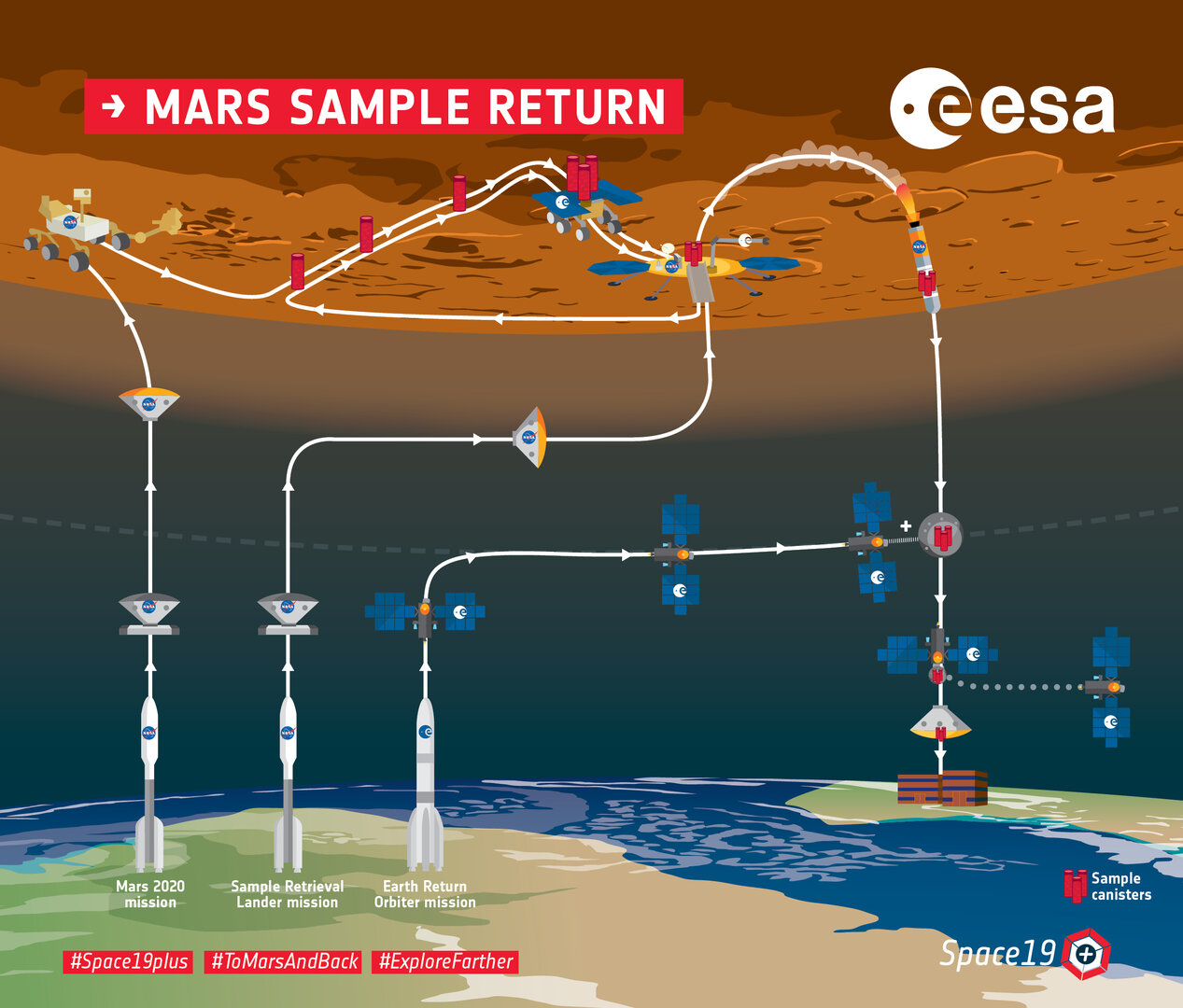
The samples NASA is referring to will be collected by NASA’s next Mars rover, which is scheduled to launch in July. Dubbed the Mars 2020 rover, the six-wheeled robot will land on Mars in Feb. 2021, touching down inside Jezero Crater. It’s goal: to look for signs of life, and to collect samples of Mars for future return to Earth.
The rover, which will receive an official name sometime in March, will bag and tag samples of rocks and dirt, sealing them in canisters for eventual return to Earth. Once they arrive here, scientists all around the world will be able to study the samples and better understand our celestial neighbor.
The sample return part of the mission is a collaboration between NASA and the European Space Agency (ESA). It will be a multi-step process, which includes the launch of NASA’s Sample Return Lander (SRL) followed by ESA’s Earth Return Orbiter (ERO).
The logistics are still being finalized as NASA is looking for a director to lead the program. But a rough outline of the planned return can be broken down as follows:
NASA’s sample return vehicle will carry a small rocket called the Mars Ascent Vehicle (MAV) along with an ESA-built rover, called the Sample Fetch Rover (SRF). The SRF will seek out the samples collected by the 2020 rover, and haul them to the MAV.
From there, the MAV will then launch the samples into orbit around Mars; there they’ll be picked up by the ERO, and the craft will head back toward Earth. Once in close proximity to Earth, the ERO will jettison the container, and it will land in the Utah desert. NASA expects this to all happen around 2031, although none of the dates are official at this point.
Also outlined in the budget is a need for a Sampling Receiving Facility, where the precious bits of Mars will be handled with the utmost care. In the facility, scientists will catalog the samples, and make sure that there’s no cross-contamination with Earth particles. (And to ensure that if there is life on Mars, no little Martian microbes will get out into the environment.)
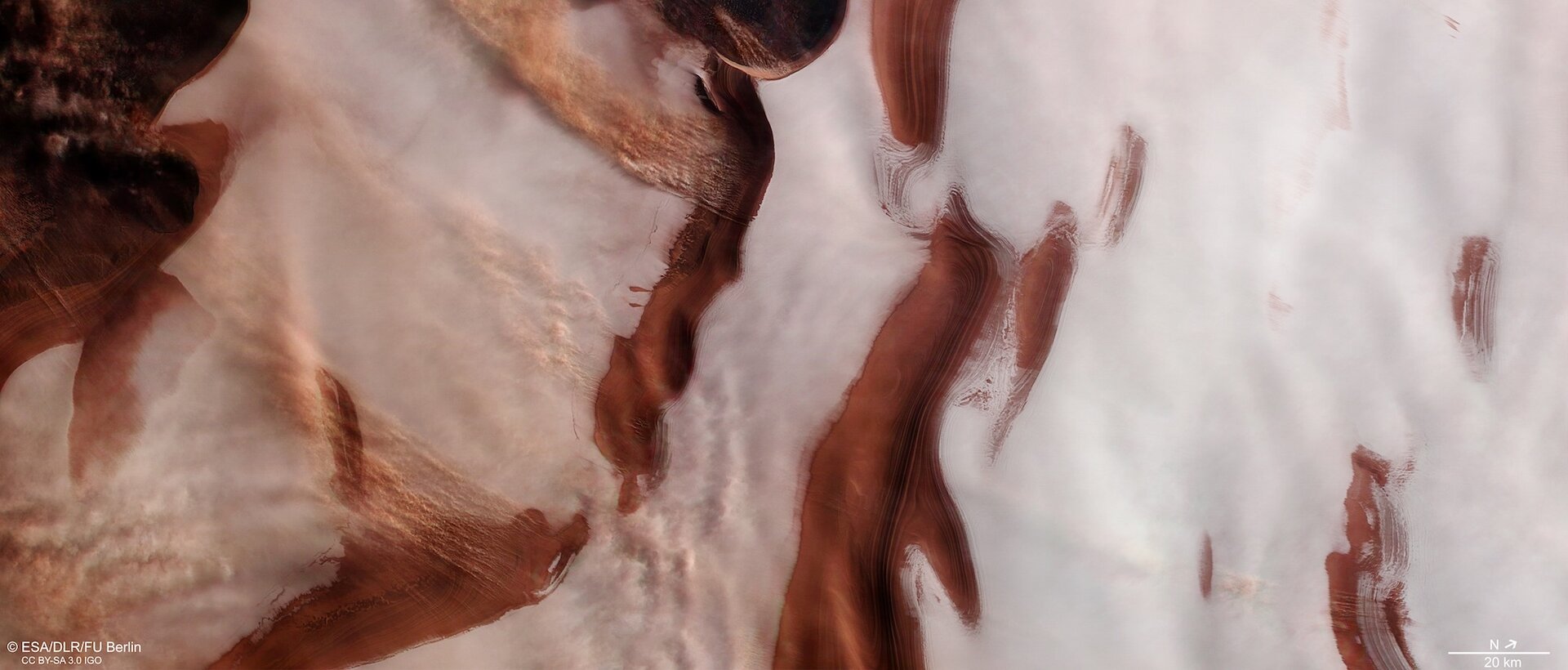
But that’s not all, the “Mars Future Missions” budgetary line also allows for a collaboration with Canada to create the Mars Ice Mapper. Detailed information on this project is scarce at the moment as it’s in its very early stages.
“The Mars Ice Mapper is a remote sensing mission under study intended to map and profile the near-surface (3-15 meters) water ice, particularly that which lies in the mid-latitude regions, in support of future science and exploration missions,” NASA officials wrote in the budget document.
The Mars Ice Mapper could be a preliminary step in the effort to put humans on Mars, a goal NASA aims to accomplish sometimes in the 2030’s.
The 2021 budget request allocates more money to future Mars missions than previous budgets have, lining up with NASA’s overall goal of sending astronauts to both the moon and Mars.
If this budget request is any indication, the “Mars Future Missions” programs could set their budgets steadily increased as the years progress. But it’s not set in stone. The request is just that, a request. Congress has the ultimate approval and could choose to fund everything as it, or shuffle things around. Let’s hope it’s the latter so valuable programs, like STEM engagement, Earth science missions, and an incredible telescope are not cancelled.
News
SpaceX Ax-4 Mission prepares for ISS with new launch date
SpaceX, Axiom Space, and NASA set new launch date for the Ax-4 mission after addressing ISS & rocket concerns.
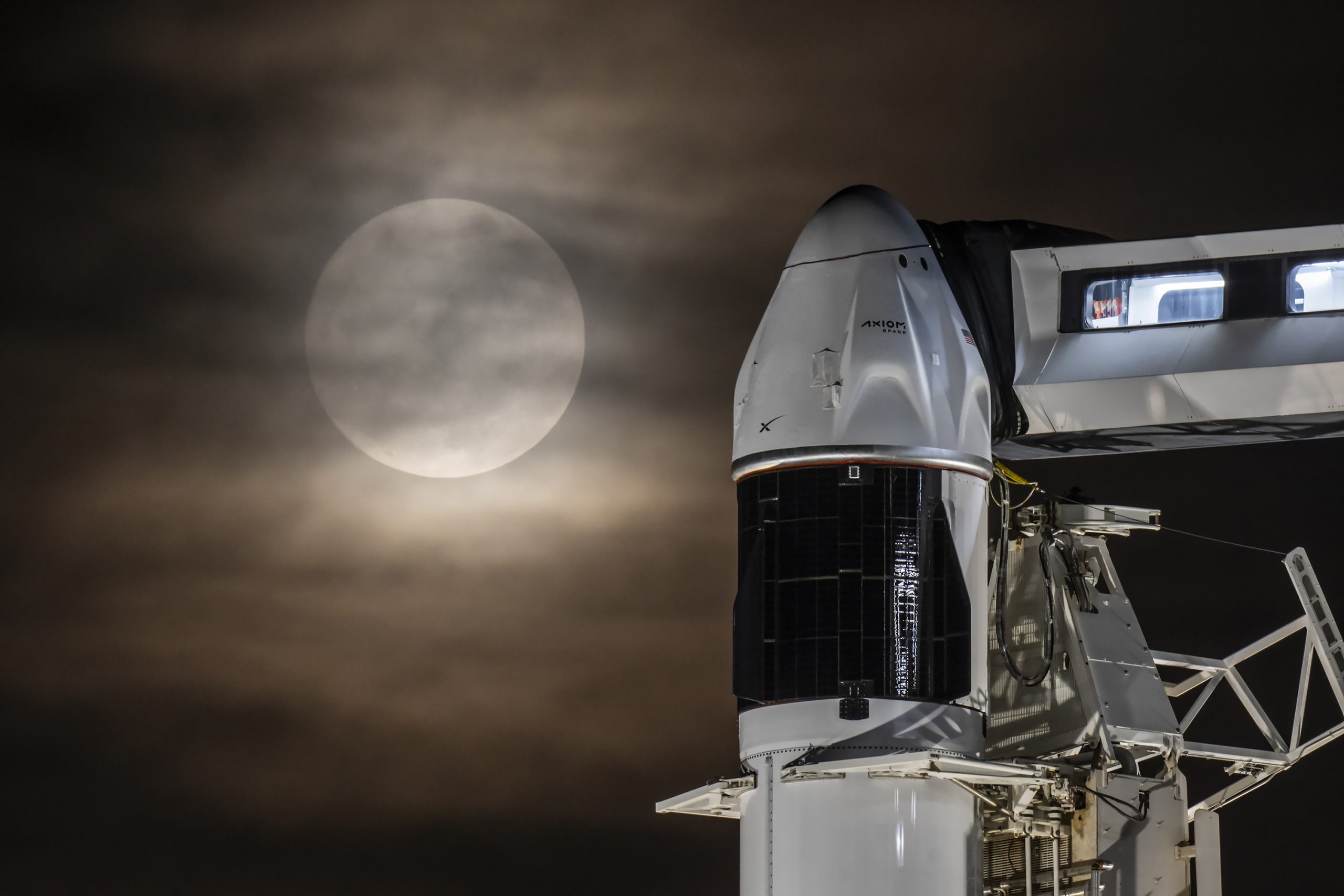
SpaceX is preparing for a new launch date for the Ax-4 mission to the International Space Station (ISS).
SpaceX, Axiom Space, and NASA addressed recent technical challenges and announced a new launch date of no earlier than Thursday, June 19, for the Ax-4 mission. The delay from June 12 allowed teams to assess repairs to small leaks in the ISS’s Zvezda service module.
NASA and Roscosmos have been monitoring leaks in the Zvezda module’s aft (back) segment for years. However, stable pressure could also result from air flowing across the hatch seal from the central station. As NASA and its partners adapt launch schedules to ensure station safety, adjustments are routine.
“Following the most recent repair, pressure in the transfer tunnel has been stable,” a source noted, suggesting the leaks may be sealed.
“By changing pressure in the transfer tunnel and monitoring over time, teams are evaluating the condition of the transfer tunnel and the hatch seal between the space station and the back of Zvezda,” the source added.
SpaceX has also resolved a liquid oxygen leak found during post-static fire inspections of the Falcon 9 rocket, completing a wet dress rehearsal to confirm readiness. The Ax-4 mission is Axiom Space’s fourth private astronaut trip to the ISS. It will launch from NASA’s Kennedy Space Center in Florida on a Falcon 9 rocket with a new Crew Dragon capsule.
“This is the first flight for this Dragon capsule, and it’s carrying an international crew—a perfect debut. We’ve upgraded storage, propulsion components, and the seat lash design for improved reliability and reuse,” said William Gerstenmaier, SpaceX’s vice president of build and flight reliability.
The Ax-4 mission crew is led by Peggy Whitson, Axiom Space’s director of human spaceflight and former NASA astronaut. The Ax-4 crew includes ISRO astronaut Shubhanshu Shukla as pilot, alongside mission specialists Sławosz Uznański-Wiśniewski from Poland and Tibor Kapu from Hungary. The international team underscores Axiom’s commitment to global collaboration.
The Ax-4 mission will advance scientific research during its ISS stay, supporting Axiom’s goal of building a commercial space station. As teams finalize preparations, the mission’s updated launch date and technical resolutions position it to strengthen private space exploration’s role in advancing space-based innovation.
News
Starlink India launch gains traction with telecom license approval
Starlink just secured its telecom license in India! High-speed satellite internet could go live in 2 months.
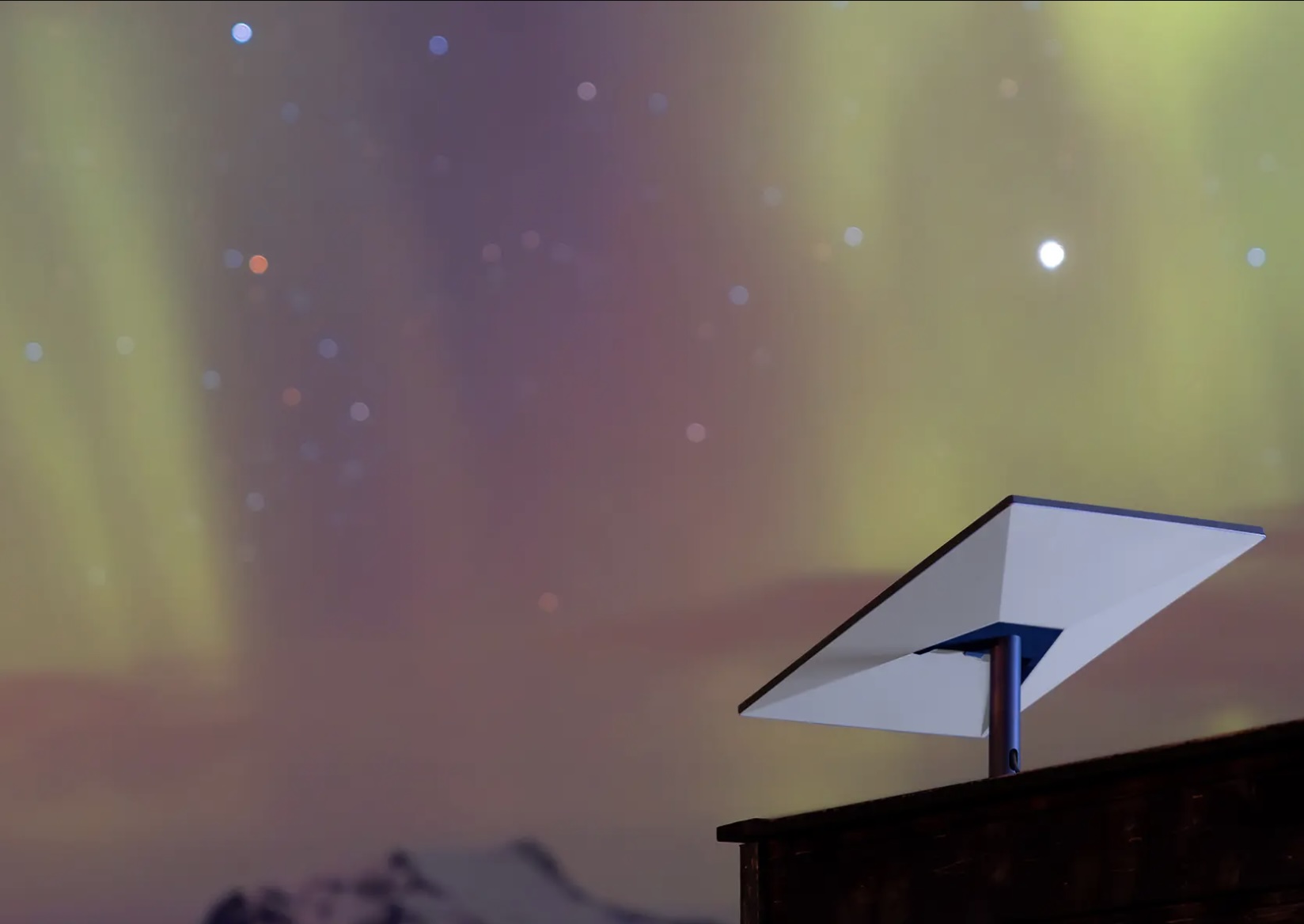
Starlink India’s launch cleared a key regulatory hurdle after securing a long-awaited license from the country’s telecom ministry. Starlink’s license approval in India paves the way for commercial operations to begin, marking a significant milestone after a three-year wait.
The Department of Telecommunications granted Starlink a Global Mobile Personal Communication by Satellite (GMPCS) license, enabling it to roll out its high-speed internet service. Local reports hinted that Starlink plans to launch its services within the next two months. Starlink India’s services are expected to be priced at ₹3,000 per month for unlimited data. Starlink service would require a ₹33,000 hardware kit, including a dish and router.
“Starlink is finally ready to enter the Indian market,” sources familiar with the rollout plans confirmed, noting a one-month free trial for new users.
Starlink’s low-Earth orbit satellite network promises low-latency, high-speed internet that is ideal for rural India, border areas, and hilly terrains. With over 7,000 satellites in orbit and millions of global users, Starlink aims to bridge India’s digital divide, especially in areas with limited traditional broadband.
Starlink has forged distribution partnerships with Indian telecom giants Reliance Jio and Bharti Airtel to streamline deployment and retail logistics. However, the company still awaits spectrum allocation and final clearances from India’s space regulator, IN-SPACe, and national security agencies before its full launch, expected before August 2025.
India’s satellite internet market is becoming increasingly competitive, with Starlink joining rivals like OneWeb and Jio Satellite Communications. While Starlink positions itself as a premium offering, its entry has sparked debate among domestic telecom operators over spectrum pricing.
Local reports noted that other players in the industry have raised concerns over the lower regulatory fees proposed for satellite firms compared to terrestrial operators, highlighting tensions in the sector.
Starlink India’s launch represents a transformative step toward expanding internet access in one of the world’s largest markets. Starlink could redefine connectivity for millions in underserved regions by leveraging its advanced satellite technology and strategic partnerships. As the company navigates remaining regulatory steps, its timely rollout could set a new standard for satellite internet in India, intensifying competition and driving innovation in the telecom landscape.
Elon Musk
SpaceX to decommission Dragon spacecraft in response to Pres. Trump war of words with Elon Musk
Elon Musk says SpaceX will decommission Dragon as a result of President Trump’s threat to end his subsidies and government contracts.
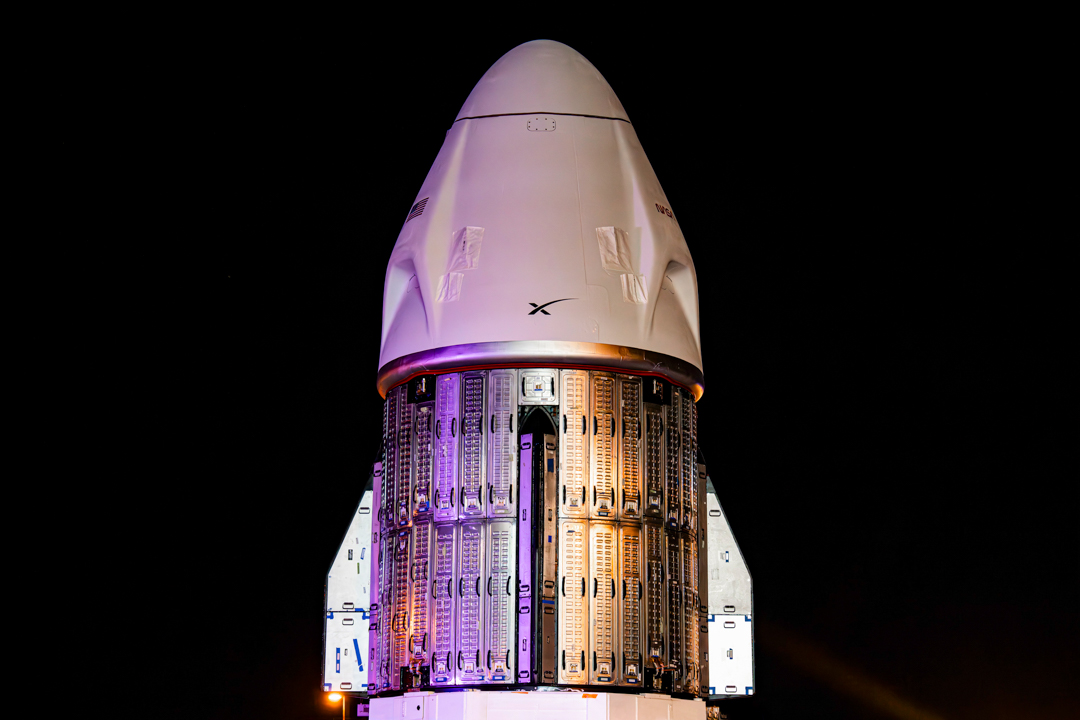
SpaceX will decommission its Dragon spacecraft in response to the intense war of words that President Trump and CEO Elon Musk have entered on various social media platforms today.
President Trump and Musk, who was once considered a right-hand man to Trump, have entered a vicious war of words on Thursday. The issues stem from Musk’s disagreement with the “Big Beautiful Bill,” which will increase the U.S. federal deficit, the Tesla and SpaceX frontman says.
How Tesla could benefit from the ‘Big Beautiful Bill’ that axes EV subsidies
The insults and threats have been brutal, as Trump has said he doesn’t know if he’ll respect Musk again, and Musk has even stated that the President would not have won the election in November if it were not for him.
President Trump then said later in the day that:
“The easiest way to save money in our Budget, Billions and Billions of Dollars, is to terminate Elon’s Government Subsidies and Contracts. I was always surprised that Biden didn’t do it!”
Musk’s response was simple: he will decommission the SpaceX capsule responsible for transporting crew and cargo to the International Space Station (ISS): Dragon.
🚨 Elon says Dragon will be decommissioned immediately due to President Trump’s threats to terminate SpaceX’s government contracts https://t.co/XNB0LflZIy
— TESLARATI (@Teslarati) June 5, 2025
Dragon has completed 51 missions, 46 of which have been to the ISS. It is capable of carrying up to 7 passengers to and from Earth’s orbit. It is the only spacecraft that is capable of returning vast amounts of cargo to Earth. It is also the first private spacecraft to take humans to the ISS.
The most notable mission Dragon completed is one of its most recent, as SpaceX brought NASA astronauts Butch Wilmore and Suni Williams back to Earth after being stranded at the ISS by a Boeing Starliner capsule.
SpaceX’s reluctance to participate in federally funded projects may put the government in a strange position. It will look to bring Boeing back in to take a majority of these projects, but there might be some reluctance based on the Starliner mishap with Wilmore and Williams.
SpaceX bails out Boeing and employees are reportedly ‘humiliated’
-

 Elon Musk2 weeks ago
Elon Musk2 weeks agoTesla investors will be shocked by Jim Cramer’s latest assessment
-

 News3 days ago
News3 days agoTesla debuts hands-free Grok AI with update 2025.26: What you need to know
-

 Elon Musk1 week ago
Elon Musk1 week agoElon Musk confirms Grok 4 launch on July 9 with livestream event
-

 Elon Musk5 days ago
Elon Musk5 days agoxAI launches Grok 4 with new $300/month SuperGrok Heavy subscription
-

 News2 weeks ago
News2 weeks agoTesla Model 3 ranks as the safest new car in Europe for 2025, per Euro NCAP tests
-

 Elon Musk2 weeks ago
Elon Musk2 weeks agoxAI’s Memphis data center receives air permit despite community criticism
-

 News5 days ago
News5 days agoTesla begins Robotaxi certification push in Arizona: report
-

 Elon Musk2 weeks ago
Elon Musk2 weeks agoTesla scrambles after Musk sidekick exit, CEO takes over sales


